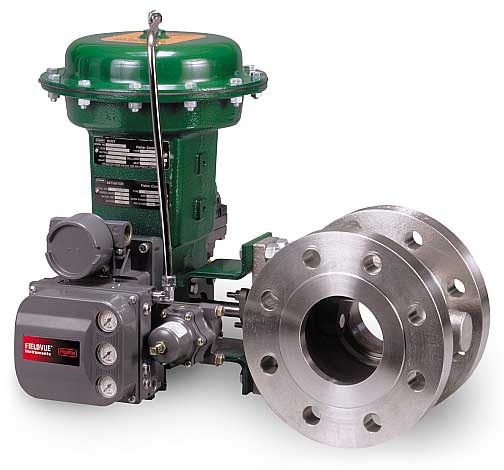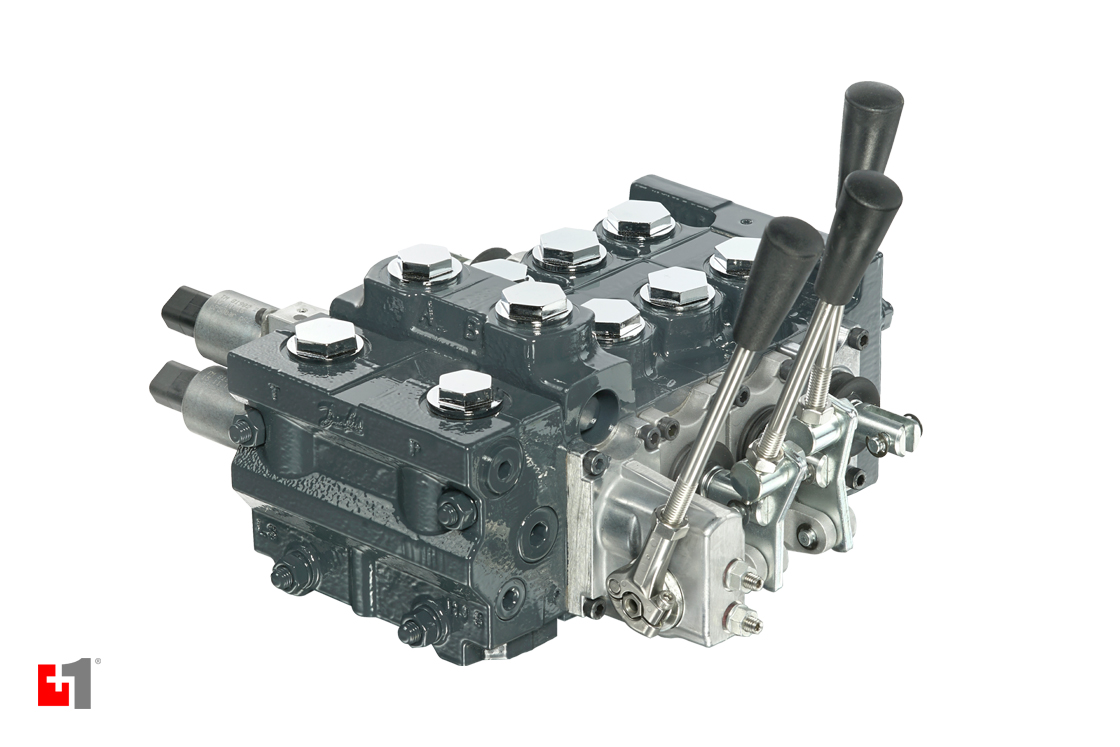Selecting the Right Control Valves: A Guide to Optimal System Efficiency
Selecting the Right Control Valves: A Guide to Optimal System Efficiency
Blog Article
Achieve Seamless Integration and Control With Top Quality Building Automation Controls
In the realm of modern building administration, the relevance of high quality building automation controls can not be overstated. Accepting quality building automation controls is not simply a matter of benefit but a critical crucial for companies aiming to maximize their centers' efficiency and sustainability.

Development of Building Automation Controls
Throughout the previous few decades, the evolution of developing automation controls has actually substantially transformed the way structures are managed and operated. Initially, constructing automation systems mostly focused on basic functions such as controlling ventilation, air, and home heating conditioning (COOLING AND HEATING) systems. Nevertheless, as modern technology advanced, these controls have actually become a lot more sophisticated, enabling a broader variety of structure systems to be integrated and taken care of centrally.
The evolution of developing automation controls has seen a shift towards more smart systems that can adjust to changing problems in real-time. This versatility is crucial for enhancing energy efficiency and making certain owner comfort. Additionally, contemporary building automation controls currently use features such as predictive maintenance, remote tracking, and data analytics, allowing center managers to make data-driven decisions to improve structure performance.

Benefits of High Quality Integration
The innovation in building automation controls in the direction of even more intelligent systems has actually highlighted the considerable benefits of top quality integration in optimizing structure procedures and improving overall effectiveness. This central control also supplies better presence and insights into building efficiency, allowing positive upkeep and optimization approaches. Overall, the advantages of top quality combination in building automation controls are indisputable, using enhanced performance, convenience, and functional efficiency.
Boosted User Experience and Accessibility
Enhancing customer interaction with structure automation regulates with instinctive style and improved availability raises the total experience for passengers and facility managers alike. By concentrating on user experience, constructing automation systems can come to be a lot more easy to use and reliable. Instinctive user interfaces, clear navigating, and adjustable settings empower users to communicate with the controls quickly and properly.
Access functions play an important duty in ensuring that all individuals, consisting of those with disabilities, can make use of the building automation manages with simplicity. Including attributes such as voice commands, tactile buttons, and color-contrasted displays can enhance access and make the controls a lot more inclusive.
Moreover, enhanced customer experience leads to greater individual contentment, enhanced efficiency, and far better decision-making. Occupants can change environmental setups according to their choices, while center managers can efficiently handle and monitor building systems - control valves. On the whole, prioritizing user experience and accessibility in building automation regulates adds to an extra effective and smooth structure environment for all stakeholders involved
Sustainable Practices With Automation

Moreover, automation can facilitate the integration of eco-friendly power sources such as solar panels or wind turbines right into building procedures. By instantly adjusting energy use based on the accessibility of eco-friendly power, structures can additionally lower their reliance on non-renewable sources. This seamless combination of sustainable practices not just profits the setting yet also enhances the overall operational performance and cost-effectiveness of the building. Via automation, structures can straighten with modern sustainability objectives and contribute to a greener future.
Future Trends in Building Control Systems
One prominent fad shaping the future of building control systems is the boosted assimilation of Artificial Intelligence (AI) and device learning. Furthermore, the Web of Things (IoT) is revolutionizing building control systems by connecting sensors and tools to improve and enhance procedures efficiency.
Another vital trend is the focus on cybersecurity steps to shield against potential hazards to constructing automation systems. As buildings end up being more interconnected, ensuring robust cybersecurity protocols will be crucial to secure sensitive data and stop unauthorized gain access to.
Additionally, the shift in the direction of cloud-based systems is visit this website obtaining energy, enabling centralized control and remote accessibility to structure systems. This helps with much easier tracking, upkeep, and updates, enhancing the general performance and adaptability of building control systems. As modern technology continues to breakthrough, these fads are anticipated to shape the future landscape of structure automation controls, driving innovation and sustainability in the constructed setting.
Final Thought
Future patterns in building control systems are most likely to focus on more boosting automation abilities for enhanced energy efficiency and overall performance. It is important for building proprietors and operators to prioritize the fostering of high quality structure automation manages to enhance structure procedures and attain lasting sustainability goals.
In the world of modern structure administration, the importance of top quality building automation controls can not be overemphasized. Generally, the development of building automation manages proceeds to drive advancement in the building management industry, using brand-new opportunities for producing smarter and much more lasting structures.
The improvement in structure automation regulates in the direction of even more intelligent systems has actually highlighted the substantial benefits of quality combination in enhancing structure procedures and enhancing total performance. Generally, focusing on user experience and availability in building automation controls contributes to a more effective and smooth building atmosphere for all stakeholders entailed.
It is crucial for structure proprietors and operators to focus on the fostering of high quality structure automation manages to enhance structure operations and attain long-lasting sustainability objectives. - control valves
Report this page